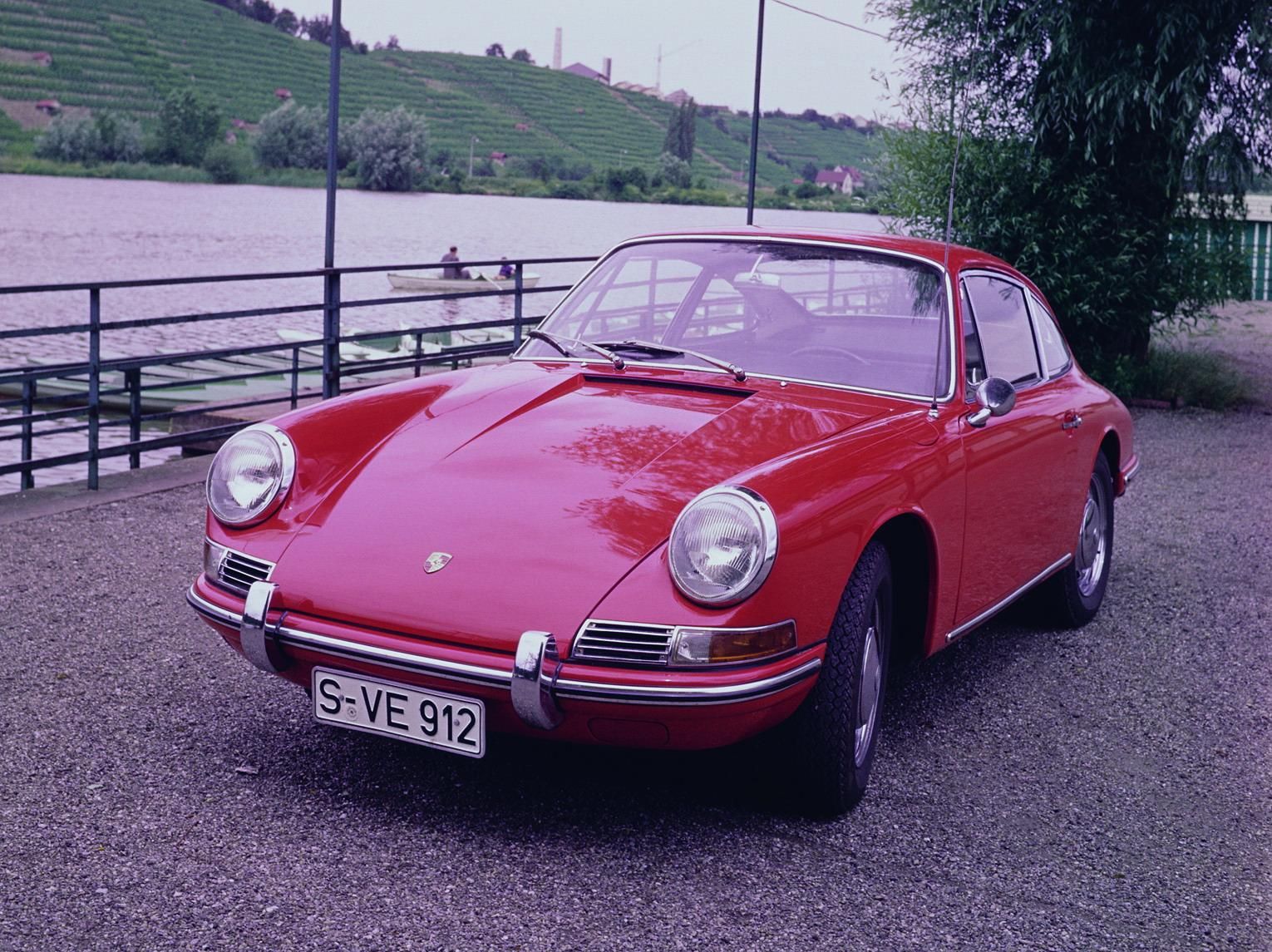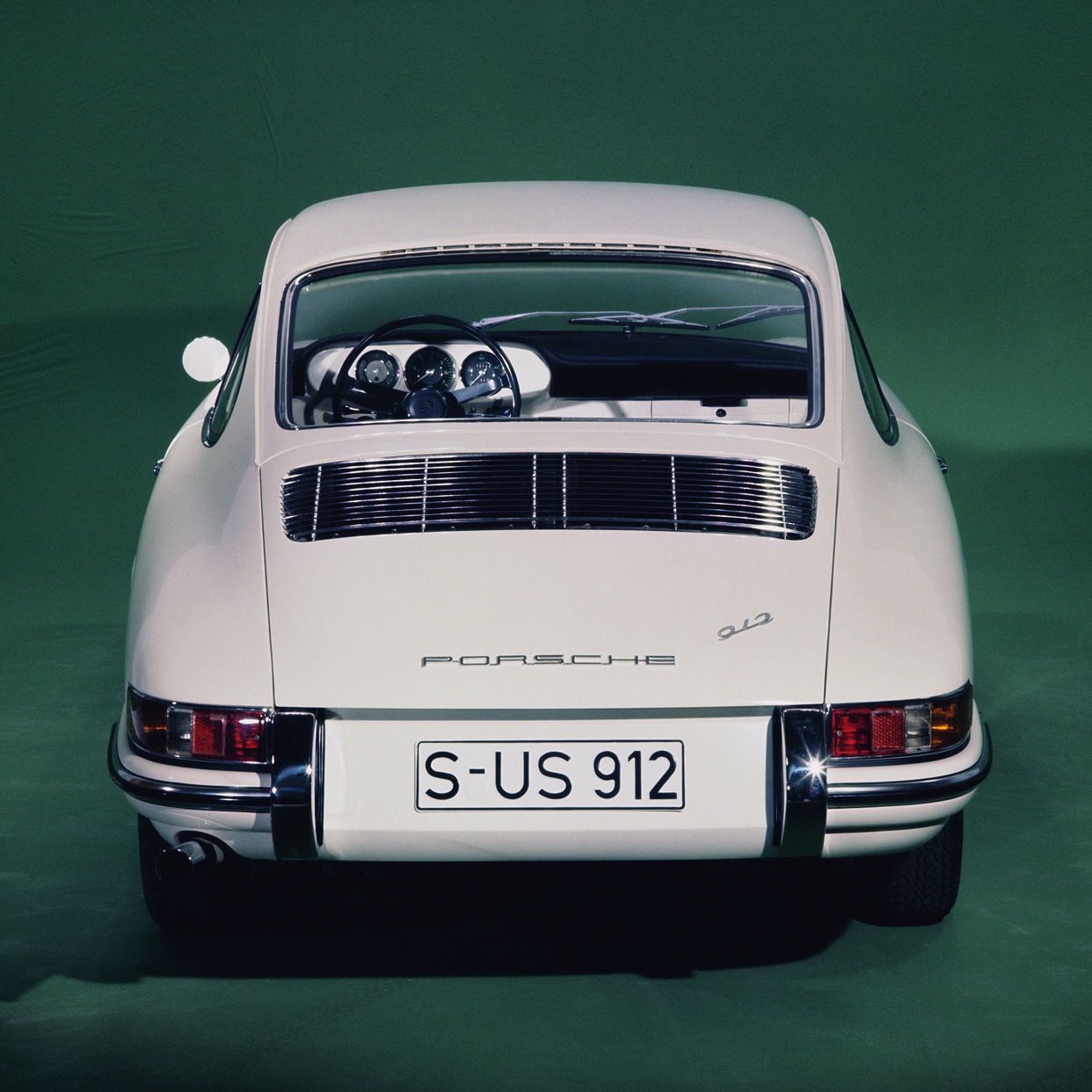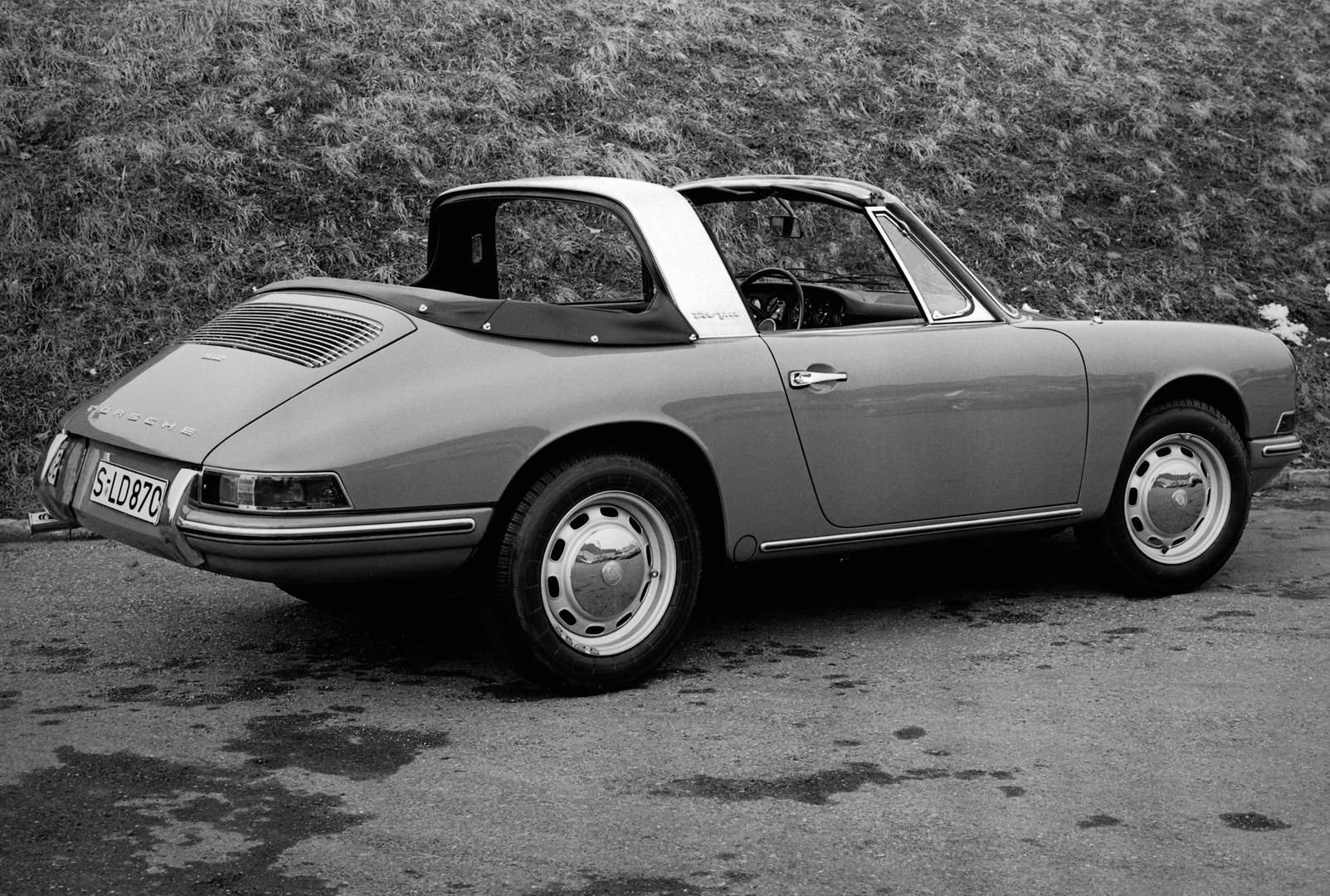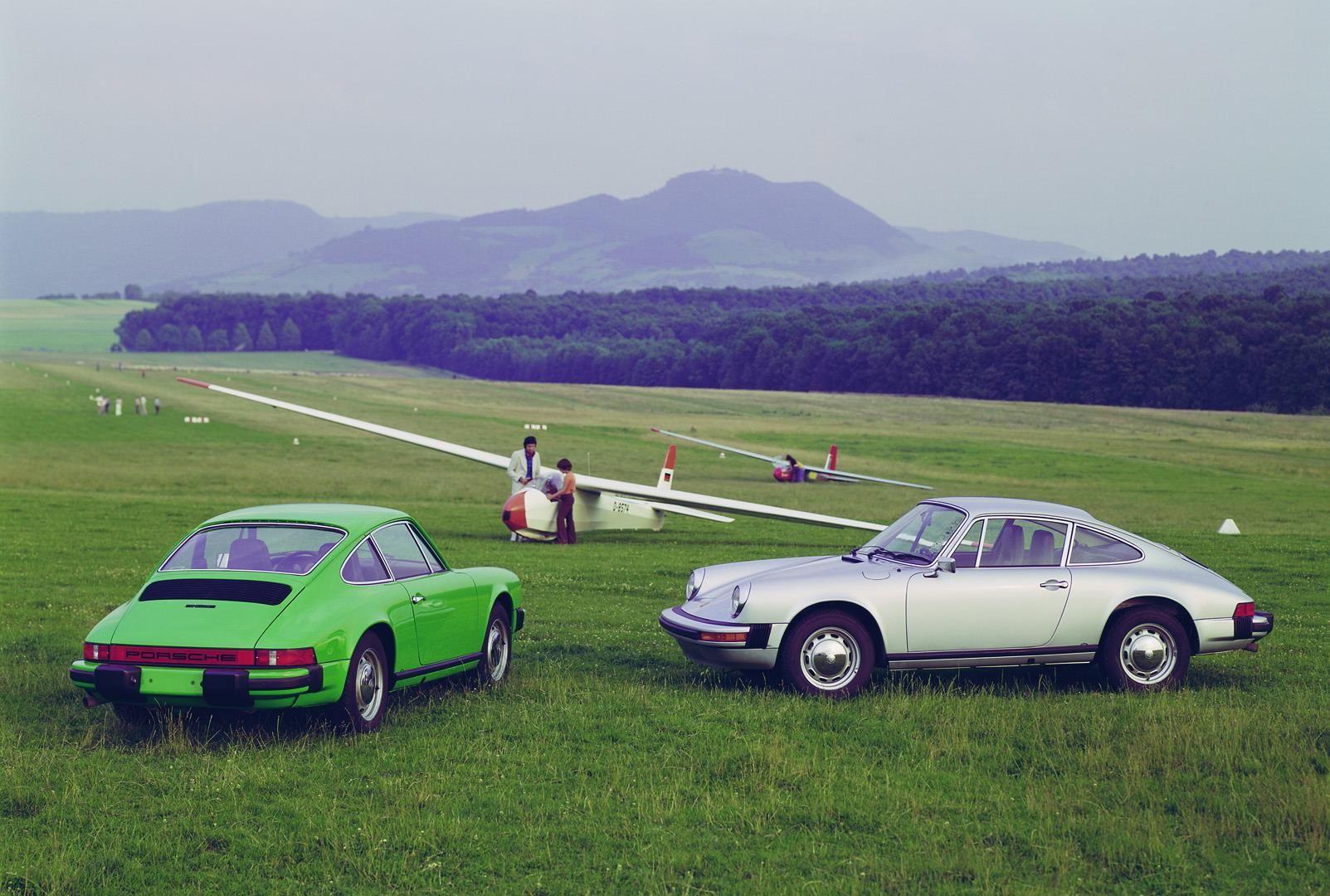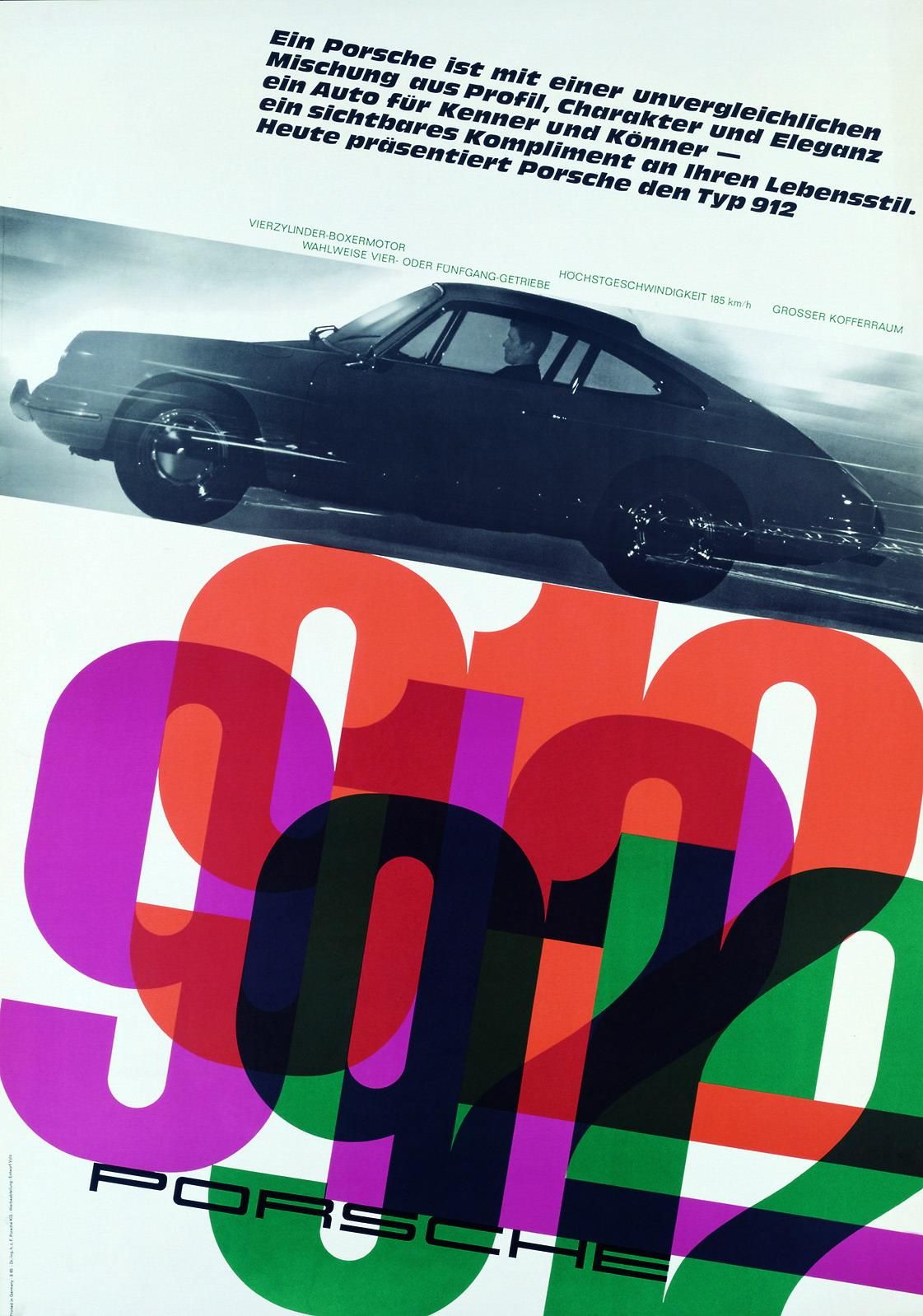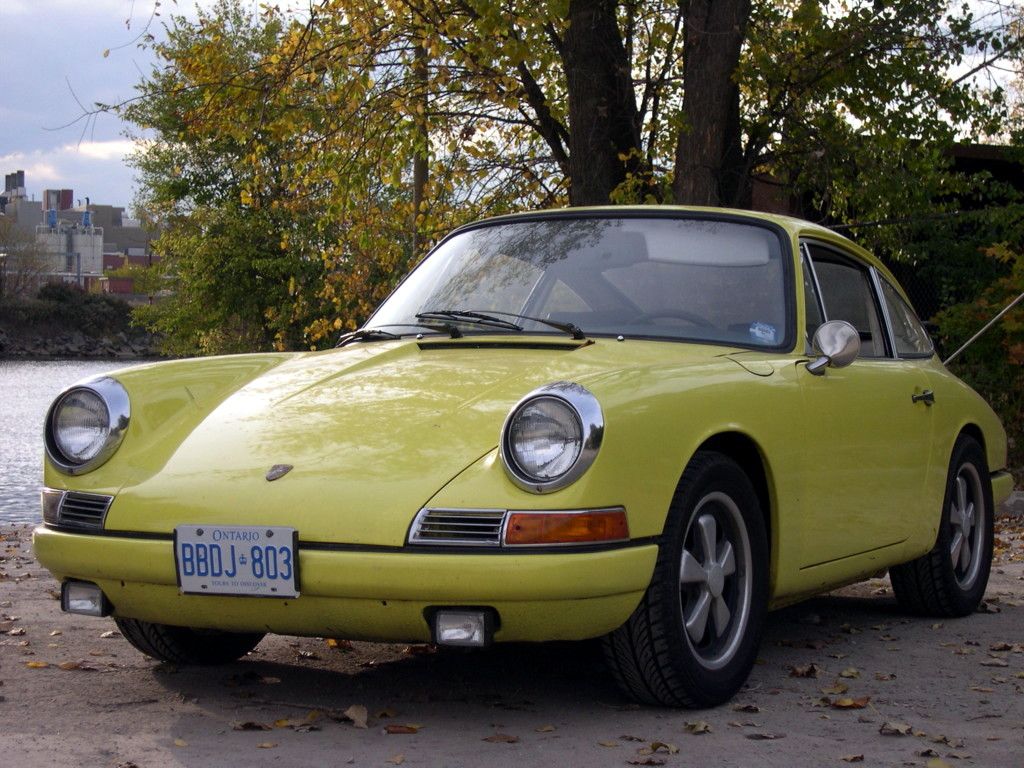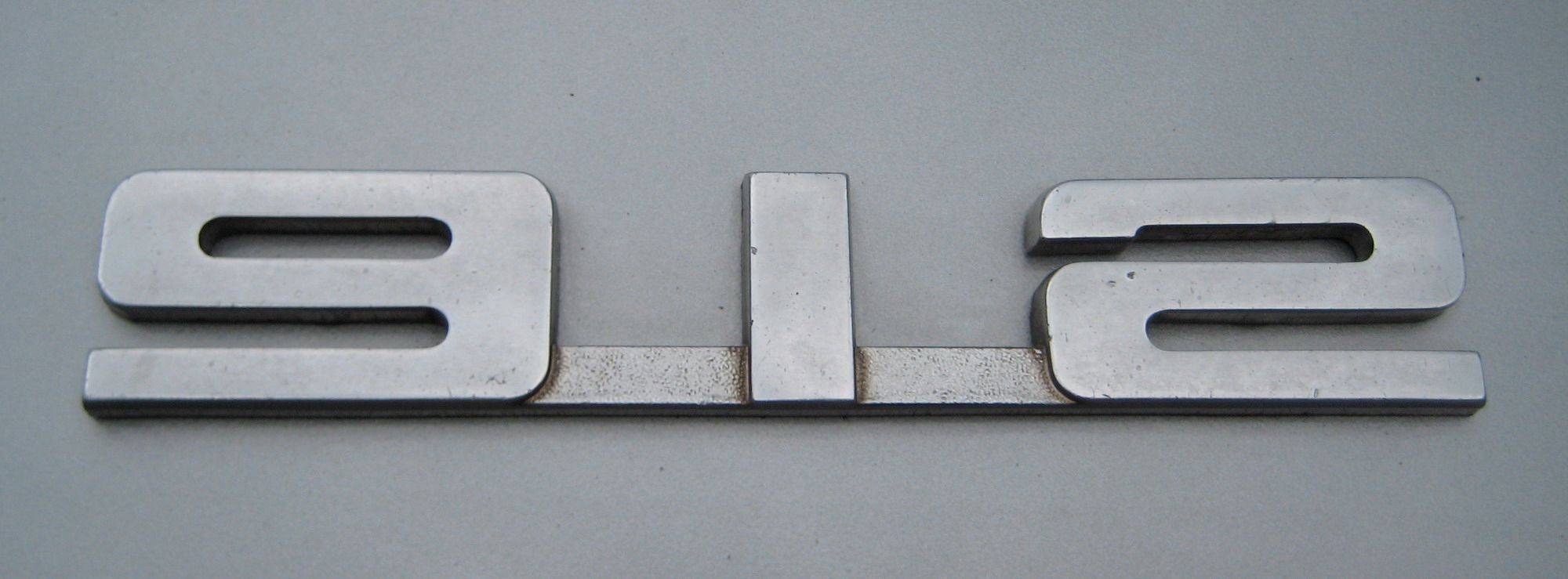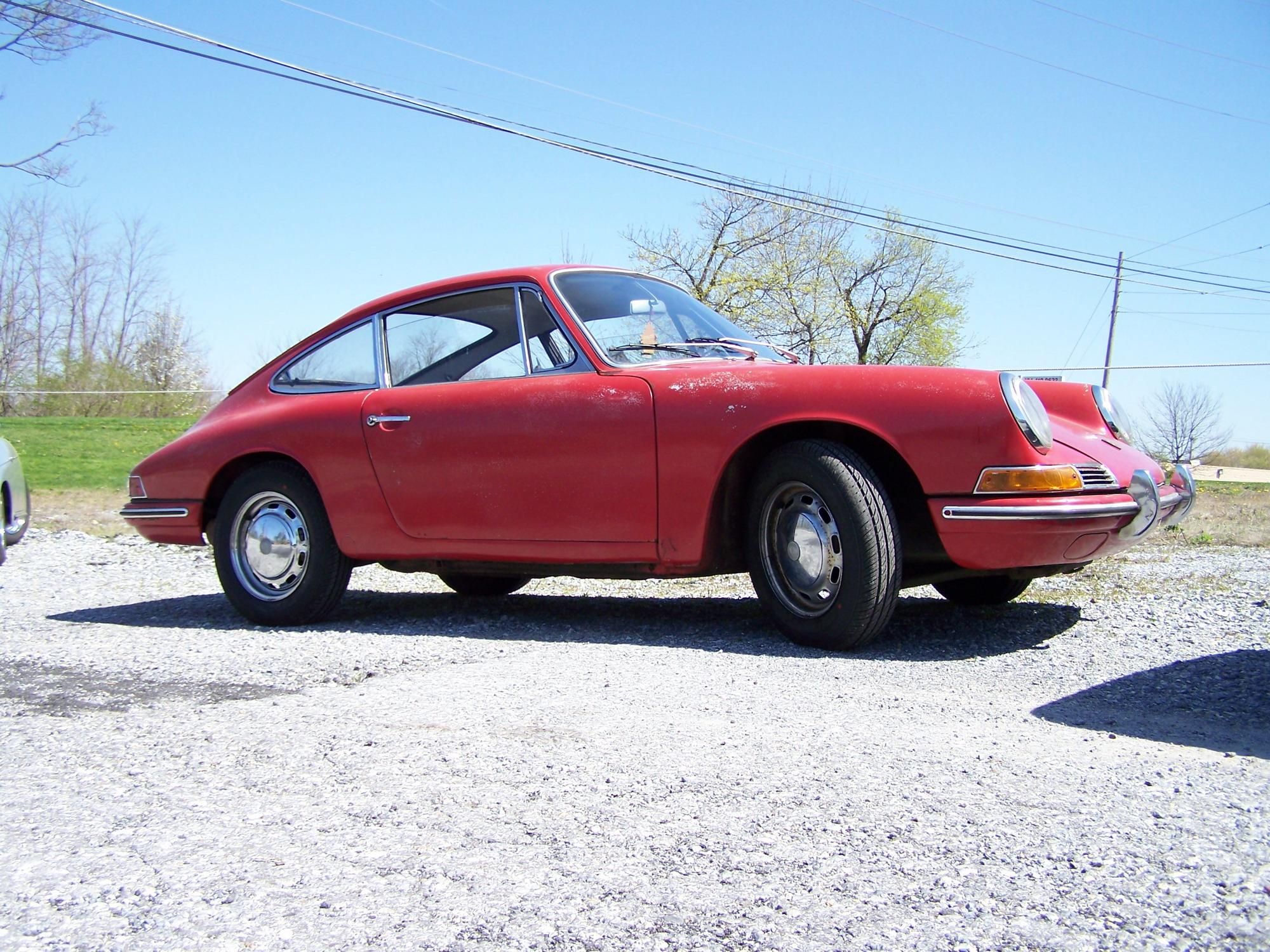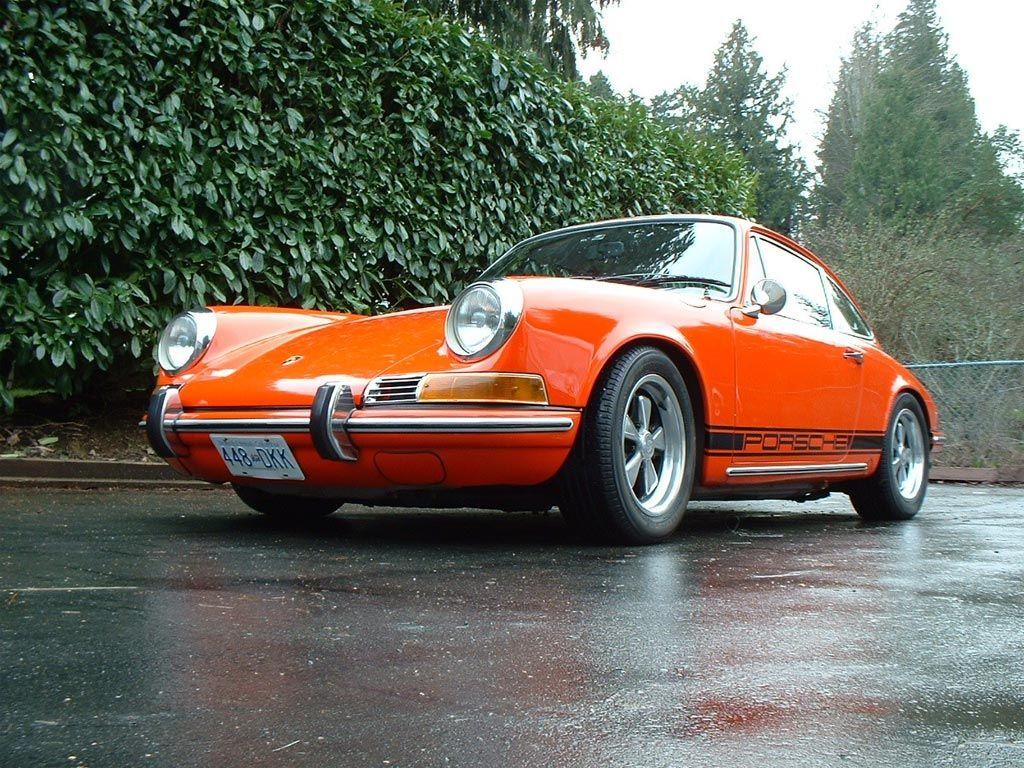Porsche produced the 912 between 1965 and 1969 as their entry-level model. It is known as the transition between the 356 and the future 911, compared to which it had fewer amenities, less power, and weighed about 250 lbs less. The 912 was offered in both coupe and targa version, and during its life time Porsche produced 34,959 units.
As it replaced the 356, inevitable the 912 carried over the 356-based flat four-cylinder engine slightly detuned to 102 hp (SAE) at 5,800 rpm and 91 pound-feet of peak torque at 3,500 rpm. The engine was mounted in the rear and powered the rear transaxle. It was mated to a 5-speed gearbox.
The 912 could make the 0 to 60 mph in 11,5-12 seconds, and the top speed was announced at 116 mph, however, Road & Track magazine managed a top speed of 119 mph.
1965 - 1969 Porsche 912
- Make: Array
- Model: 1965 - 1969 Porsche 912
- [do not use] Vehicle Model: Array
The 912 was offered with disc brakes and independent suspension, Recaro seats and for an additional cost the customers could get: air-conditioning, rear window wiper, halogen fog lights, electric sunroof, and/or three-point seatbelts.
Priced at $4,700, the 912 became a market leader, particularly in the USA. As a result in 1966 it outsold the 911 with almost two to one: 6,401 912s produced versus 3,390 of the quicker 911s. The 100,000th Porsche model was produced in late 1966 and was a 912 Targa police car. Overall for 1966, Porsche produced 9,090 912s versus 3,730 of the 911s.
The 912 remained into production until 1969 when the mid-engined 914 was introduced. However, in 1975, the end of production for the 914, Porsche revealed the 912E (Einspritzung - German for fuel injection). This special model was powered by a 2-liter, 914-derived fuel-injected engine and used a 911 body. The 912E was the last air-cooled four-cylinder vehicle produced by Porsche.


